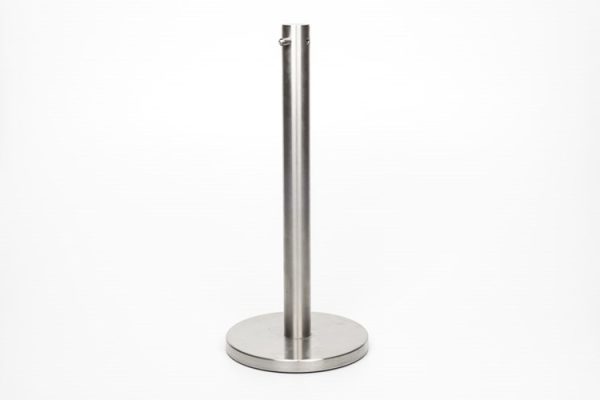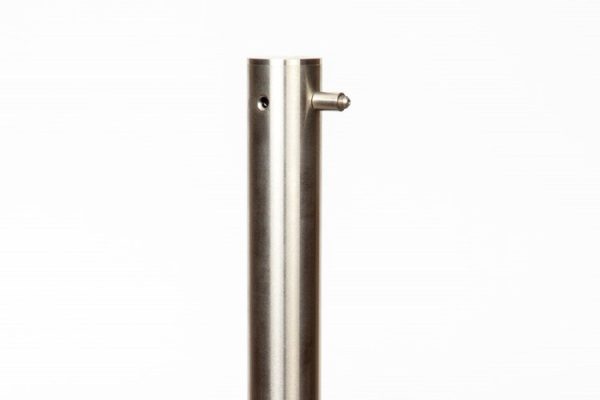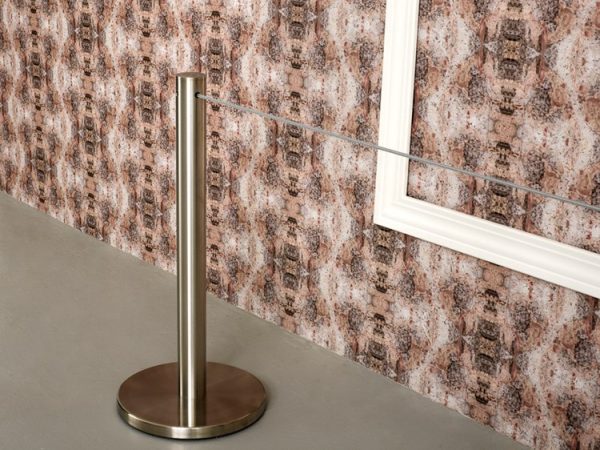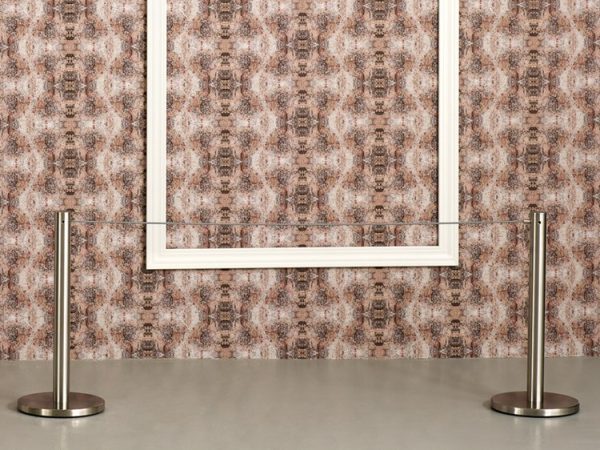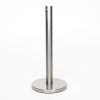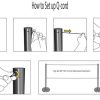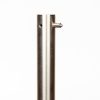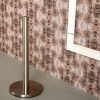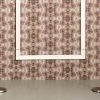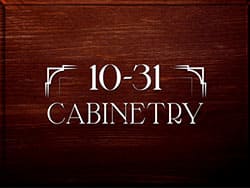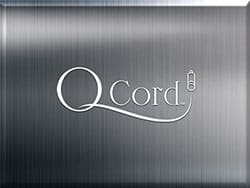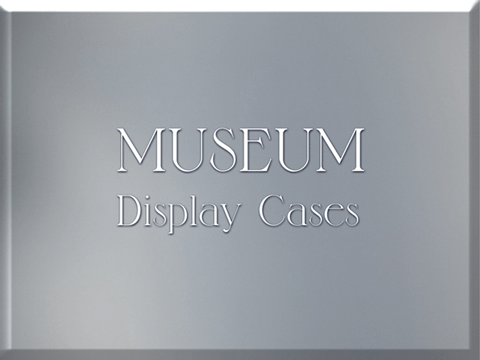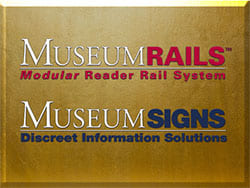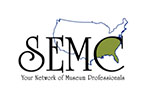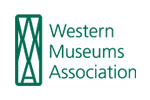Q-Cord Retractable 20″ Barrier
Price range: $355.00 through $410.00
- Retractable - Standard with 7 feet of extension
- Architectural - Beautiful brushed stainless steel exterior
- ADA 2010 compliant - Designed to exceed requirements
- Convenient - Easy to set up and rearrange
- High Quality - Made in USA
- Durable - Marine grade components
Additional Information
Museum Display and Queue Barriers
Museum barriers are typically used to queue and control visitors throughout a museum or institution. Taller barriers are usually used for directing foot traffic in a particular path or direction. Shorter barriers can be used for surrounding items such as works of art to keep visitors from touching or getting too close. There are a number of barrier options that can be used, such as belts or ropes, but most museums prefer the more refined sophisticated approach of a straight cord. This gives a nice clean look that does not distract from the object being viewed.
Museum barriers should also adhere to ADA (Americans with Disabilities Act) standards. The belt or cord on a typical barrier is too high. According to the ADA, the cord or belt must be cane detectable and located within 27 inches off of the finished floor or ground.
The new Q-Cord Retractable Barrier is made by 10-31 Inc., which is one meter(39.375″) high and has two retractable cords. The lower cord is half a meter(19.75”) off of the ground to be ADA compliant.
ADA Specs
From 2010 ADA Standards for Accessible Design2
307 Protruding Objects
307.1 General. Protruding objects shall comply with 307.
307.2 Protrusion Limits. Objects with leading edges more than 27 inches (685 mm) and not more than 80 inches (2030 mm) above the finish floor or ground shall protrude 4 inches (100 mm) maximum horizontally into the circulation path.
EXCEPTION: Handrails shall be permitted to protrude 4 1/2 inches (115 mm) maximum.
Advisory 307.2 Protrusion Limits. When a cane is used and the element is in the detectable range, it gives a person sufficient time to detect the element with the cane before there is body contact. Elements located on circulation paths, including operable elements, must comply with requirements for protruding objects. For example, awnings and their supporting structures cannot reduce the minimum required vertical clearance. Similarly, casement windows, when open, cannot encroach more than 4 inches (100 mm) into circulation paths above 27 inches (685 mm).
